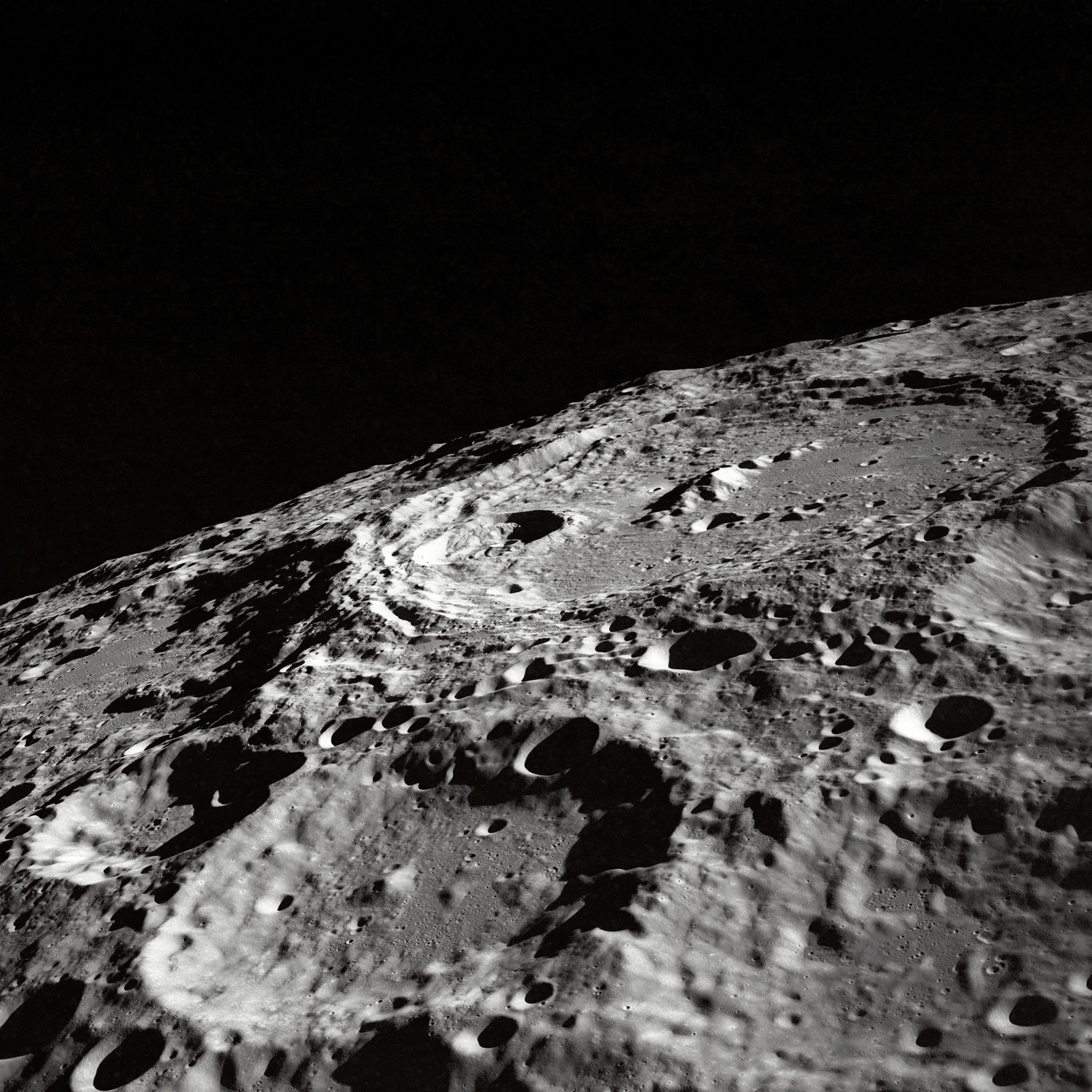What Does Waxing Gibbous Moon Phase Mean?
The moon is a captivating celestial object that has fascinated humans for thousands of years. Its ever-changing appearance throughout the lunar cycle has inspired countless myths, legends, and scientific explorations. One of the phases of the moon that frequently captures our attention is the waxing gibbous moon phase. In this blog post, we will explore what exactly this phase entails and delve into the fascinating science behind it.
An Overview of the Lunar Cycle
The lunar cycle, also known as the moon’s phases, refers to the repetitive sequence of changes in the moon’s appearance as observed from Earth. This cycle lasts approximately 29.5 days and can be divided into eight primary phases: New Moon, Waxing Crescent, First Quarter, Waxing Gibbous, Full Moon, Waning Gibbous, Third Quarter, and Waning Crescent.
The waxing gibbous phase occurs after the First Quarter phase and precedes the Full Moon phase. During this stage, the illuminated portion of the moon continues to grow larger each night, gradually approaching its fullest state.
Understanding the Waxing Gibbous Moon Phase
To gain a deeper understanding of what the waxing gibbous moon phase means, let’s break down its name. The term “waxing” indicates that the moon’s illumination is increasing, while “gibbous” refers to the moon being more than half-lighted but not yet fully illuminated.
During the waxing gibbous phase, the moon appears as a convex shape with the illuminated portion covering more than half of its surface. Brightness gradually accumulates, illuminating the night sky with its captivating glow. The moon becomes more visible as it progresses towards the full moon stage.
Characteristics of the Waxing Gibbous Moon Phase
Now that we have a basic understanding of what the waxing gibbous phase entails, let’s explore some notable characteristics associated with it:
1. Increasing Illumination
The most apparent characteristic of the waxing gibbous phase is the moon’s increasing illumination. Each night, the illuminated portion expands, becoming brighter and more dominant in the night sky. This gradual progression towards full illumination is a defining feature of this phase.
2. Visible Details
As the moon becomes more illuminated during the waxing gibbous phase, intricate surface features start to become more recognizable. Moonwalkers or astronomers with telescopes may observe a variety of craters, mountains, and other lunar topography with greater clarity during this stage.
3. Extended Viewing Time
The waxing gibbous phase offers extended viewing time for moon enthusiasts. During this phase, the moon rises during the afternoon and remains visible for a significant portion of the night, providing ample opportunities for observations and nighttime photography.
4. Transition to Full Moon
The waxing gibbous phase marks the final progression before the moon reaches its fullest state in the lunar cycle. As the illuminated portion continues to grow, the moon steadily edges closer to the full moon phase, eagerly awaiting its peak brightness and radiance in the nights to come.
Scientific Explanation Behind the Waxing Gibbous Phase
The moon’s phases are intricately linked to its position in relation to the sun and Earth. The science behind the waxing gibbous phase lies in the geometry of the moon, Earth, and sun during this particular stage of the lunar cycle.
When the moon is in its waxing gibbous phase, it is positioned between the First Quarter and Full Moon stages. Sunlight illuminates the moon from the right side, creating a convex shape and causing the visible portion to expand steadily. The angle at which the sunlight hits the moon determines the portion of the moon that appears illuminated from Earth’s perspective.
During this phase, the moon is also moving in orbit around the Earth. This movement, combined with the Earth’s revolution around the sun, causes the illuminated portion of the moon to gradually shift. As a result, we witness the changing moon phases, including the waxing gibbous phase.
Conclusion
The waxing gibbous moon phase is a captivating stage in the lunar cycle where the moon’s illumination progressively increases, revealing more details as it approaches its fullest state. With its extended viewing time and increased visibility, this phase offers ample opportunities for observation and appreciation of the moon’s breathtaking beauty.
Understanding the waxing gibbous phase not only enriches our knowledge of the moon’s behavior but also deepens our appreciation for the wonders of the natural world. So, the next time you gaze up at a waxing gibbous moon, take a moment to reflect on the science and beauty that embodies this remarkable celestial spectacle.
Table of Contents
